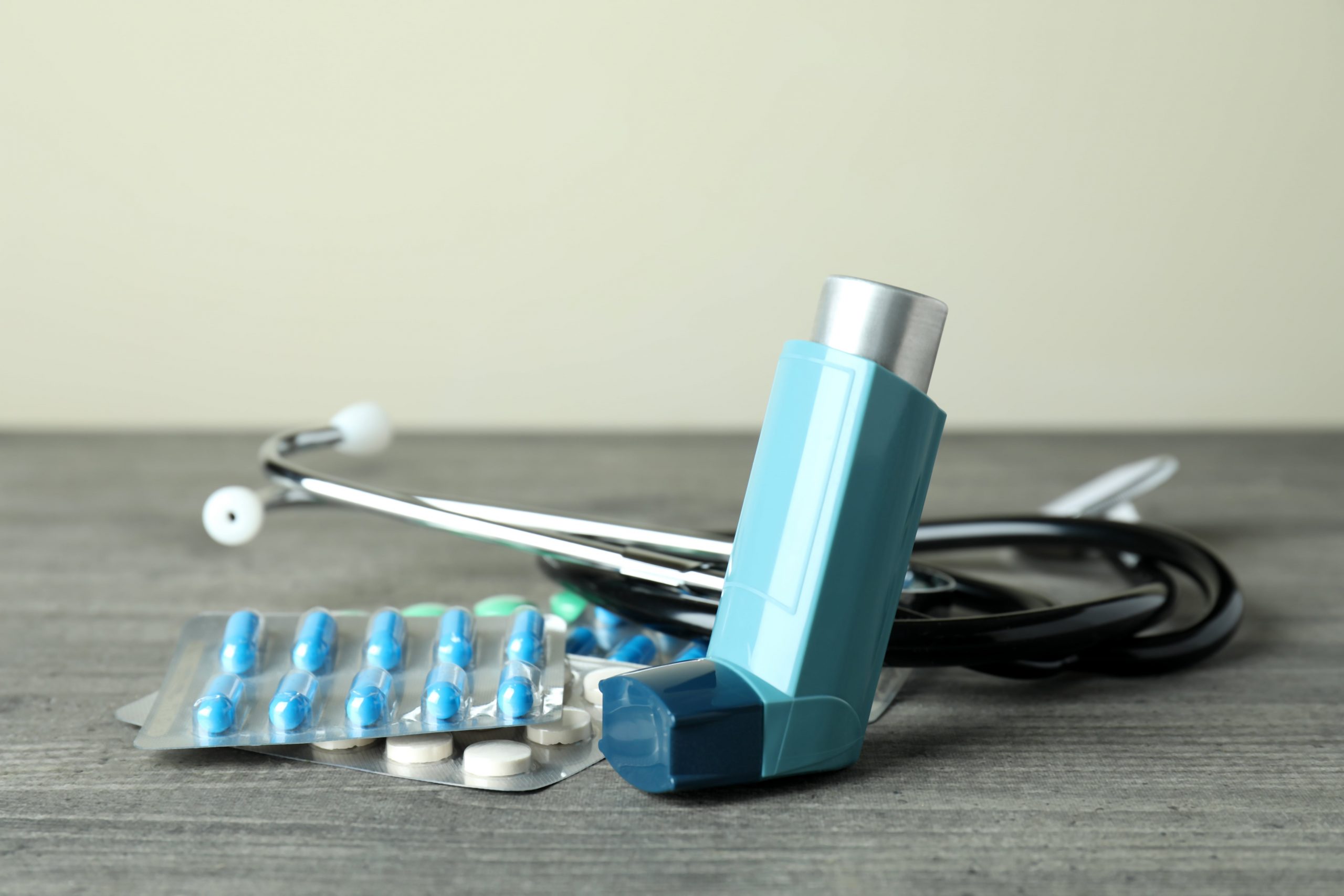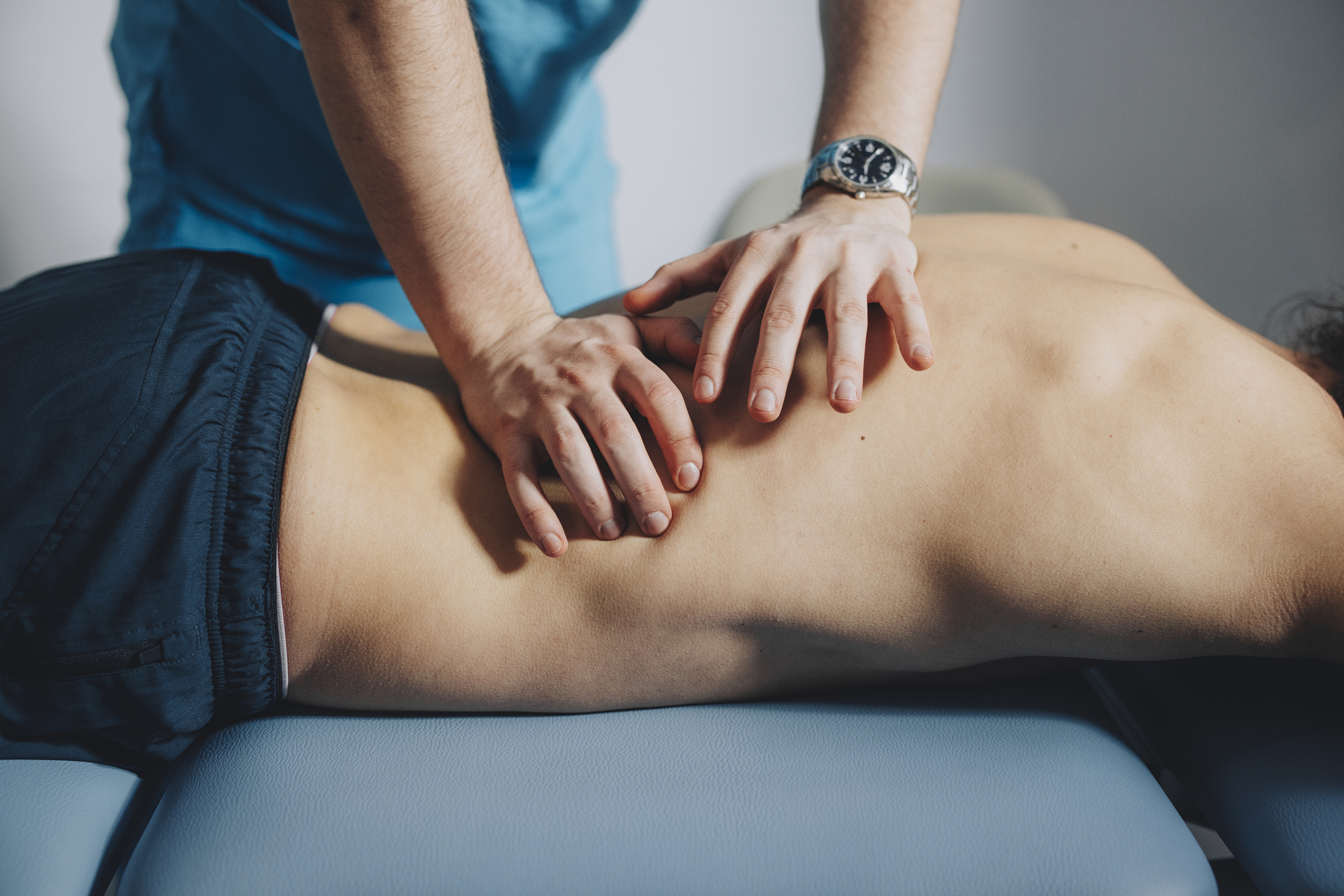Exercising is one of the best things you can do for your lungs and body. Not only does it keep them strong and healthy, but it also helps you maintain a healthy weight, improves moods, and overall quality of life.
Your lungs are an integral part of your respiratory system, taking in oxygen and exhaling carbon dioxide. When strong and healthy, they can protect you against air pollution and other airborne toxins. However, as you age, these pollutants may damage them further, making it harder to breathe properly. Regular physical activity helps slow this aging process while making your lungs stronger, more flexible, and less vulnerable to disease-causing agents.
Different Activities that Weaken Your Lungs
Breathing exercises can strengthen your lungs and make breathing easier, especially if you have conditions such as chronic obstructive pulmonary disease (COPD). Diaphragmatic breathing helps separate your abdomen from your lungs so they can expand and contract more easily; additionally, it trains the diaphragm muscle which works together with other muscles in the chest to power inhaling and exhaling movements.
Rib stretches are another exercise that can boost your lung capacity. To do them, stand upright with hands on hips and take deep, slow breaths until your lungs fill to capacity. Repeat this exercise several times a day to ensure your lungs get enough oxygen.
Eliminate smoking from your life for the best protection of your lungs. Smokers have a higher likelihood of developing lung diseases like COPD or emphysema, since tobacco smoke damages the lungs and makes it harder to breathe. So if you’re a smoker, discuss with your doctor how best to quit.
Your doctor may suggest medication or other treatments for your lung condition. These medicines are intended to relieve symptoms and manage the disease. If symptoms seem worse than usual, contact your physician right away.
Spirometry tests can help your doctor accurately diagnose lung conditions. A spirometer measures how quickly and deeply you inhale air, followed by exhalations. This could be done at either your doctor’s office or even from home.
This test helps determine whether you have a lung condition or not, so your doctor can formulate an appropriate treatment program. If it turns out you do, they’ll suggest appropriate exercises and supplemental oxygen regimens to help manage the symptoms associated with this disorder.
Exercising helps your heart and lungs work harder to provide oxygen to your muscles, which is why those who are more active become less breathless during exercise than those who are sedentary or don’t move at all.
Your lungs are essential in transporting oxygen to your brain and other vital organs, enabling them to fuel your thoughts and actions. Healthy lungs can make you feel alert and ready to tackle daily tasks with greater efficiency.




